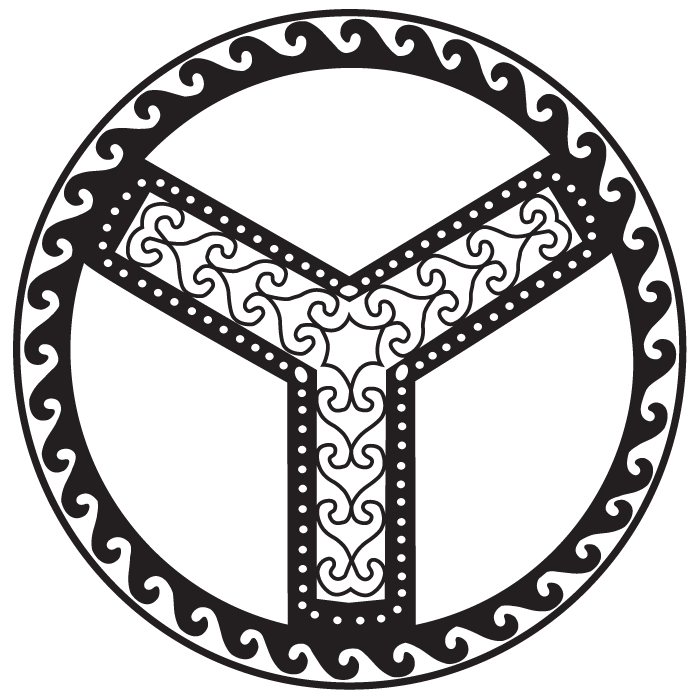

Damn my dude, RIP in peace
This is a man who knows how to gling. He is glinging. Yesterday, he _____.


Damn my dude, RIP in peace


Onion News Network
I find it funny that you are only taking issue with it here, in the comments, not with the original post
Dude they are posting from Mastodon


In one of my dungeons, there was a trapped carpet which caused people who sat on it to belive they were riding a flying carpet. It was in fact an animated carpet, so the barbarian who believed he was flying around the castle was in fact just scooting forward an inch at a time


Hammer of Dwarf Throwing.
Can only be attuned to by dwarves. As a bonus action, the user may expend a charge to be launched from the location of the hammer towards a target, leaving the hammer behind.
That would be hilarious, and 100% what the setting was meant for. Big open world to fill with shenanigans.
My last setting had regional apocalypse due to the collapse of their Roman Empire equivalent, which resulted in no national currency since the new feudal regime was so incoherent. There were, however, several local currencies that were gaining traction, such as:


Honestly, same. I’ve got a Mastodon account that follows some of the smaller communities.


Oh hey, a Mastodon user! Nice to see ya
Oh right I thought it was a broswer


Not much help to know what cup size you are if the bra companies are only pretending to be standardized
Does it have adblocker


Bookmarking this


Companies should close shop when someone gets shot in their shop.


I’m just waiting for the people in the comments telling you that Poison Ivy isnt a bad guy because


I mean, same here, but if an influencer migrates from Twitter they usually bring their fans with them.


One of those pillows that looks like an inflating phone battery.
Better idea: 3"*4" Magnetic viewing film, stored in a thoughtfuk card, which is wrapped in a box with 6"*6" thermochromatic film, which is itself is wrapped in a box with a roll of glow in the dark tape, and then given to them with another thoughtful card that holds a gift card to somewhere you think they would like. Basically a nesting set of tiny cool things that all cost about as much as the wrapping paper they are in.


I agree with the other commenter’s points, but one thing I think people forget to mention is that BlueSky feels like Twitter in a way Mastodon just doesn’t. When I am trying to pitch Mastodon to people, I usually compare it to Tumblr because the vibes are similar.
Mastodon is also flat out hostile to influencers, and by that I mean the platform is designed to be terrible to influencers. The lack of an alogarithm means you can’t game the system, no quote tweets means you get less opportunities to spread, no reply limiting means your notifications are going to be going nuts from the replies. The culture on Mastodon is difficult to game too, since people there expect thoughtful responses to their replies.
Damn, I gotta try that